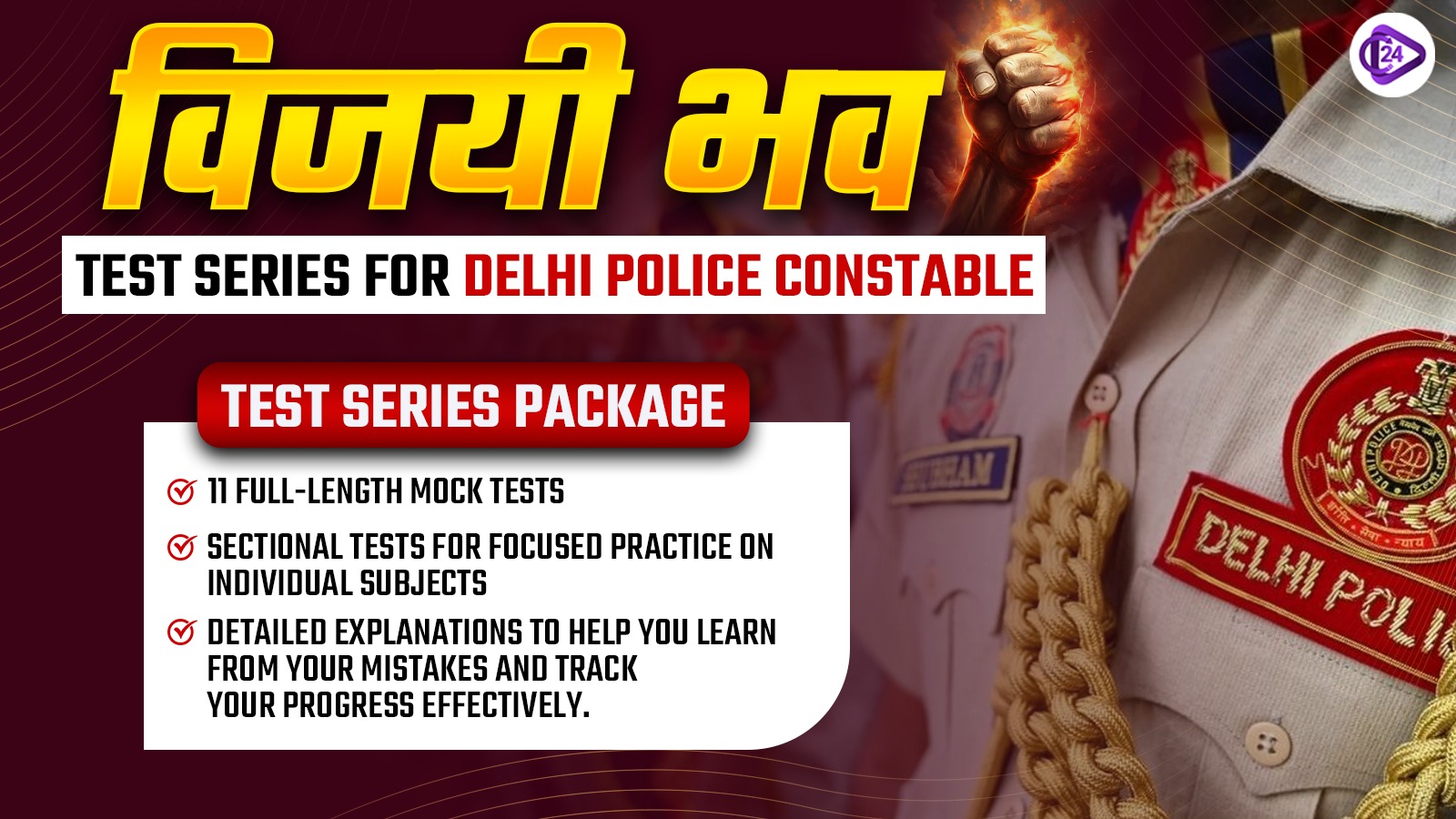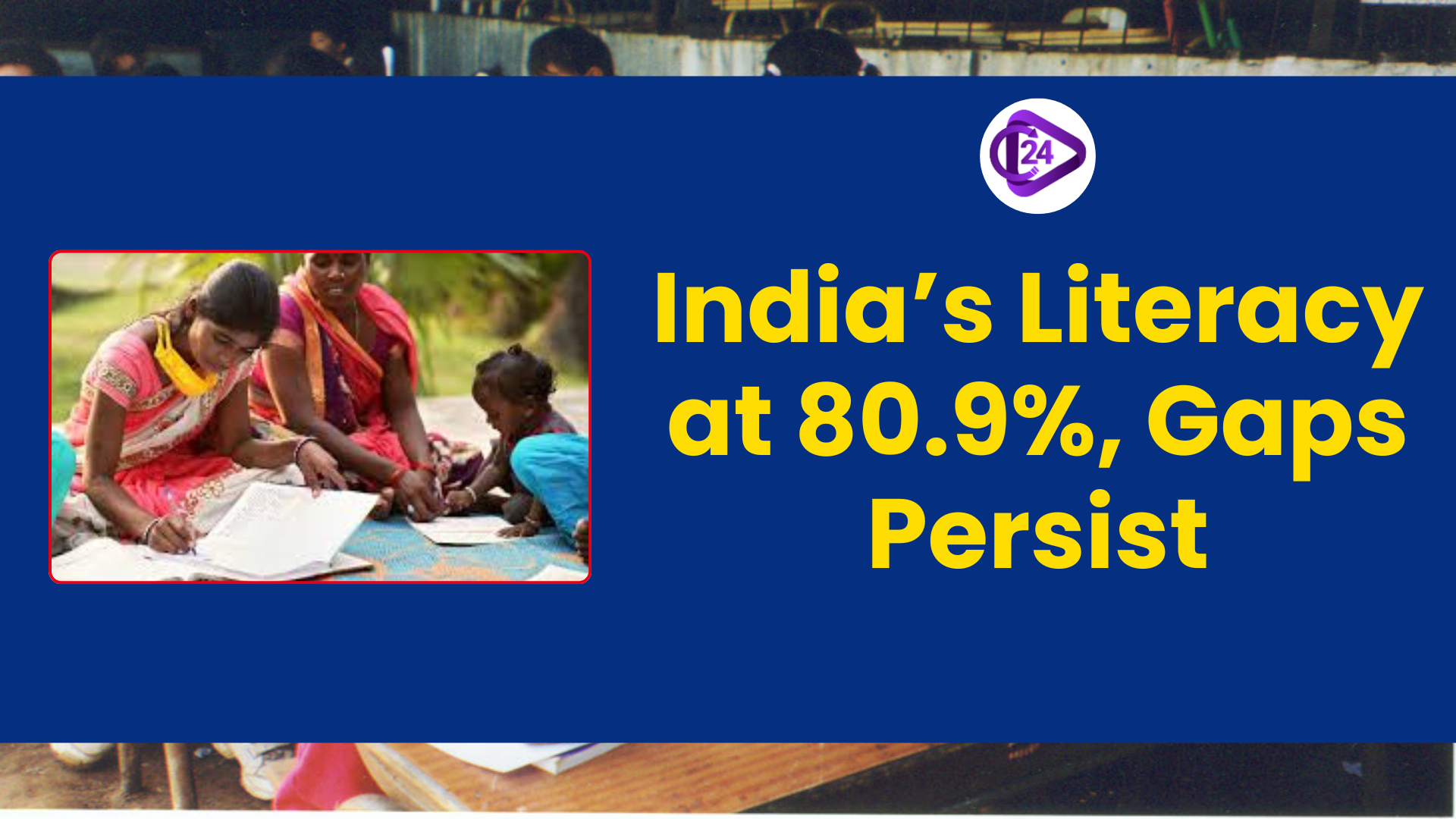
The latest Periodic Labour Force Survey (PLFS) by the National Sample Survey Office shows that the overall literacy rate among persons aged seven and higher is 80.9%. While the results show progress, large differences between men and women and cities versus rural areas, still exist. Mizoram, Lakshadweep and Kerala lead in literacy, but the rates in Bihar, Madhya Pradesh and Rajasthan are below average. Male literacy is greater at 87.2% which is over 10 percentage points more than the figure for female literacy at 74.6%, showing the need to address challenges in equitable education. Compared to rural areas, cities thrive a lot better, meaning focused help is critical.
Context:
-
India saw its literacy improve to almost 81%, nevertheless, there are still big differences by gender and place of residence.
-
There is a larger gap between regions in the north and center, while states in the south and northeast are top for literacy.
Key Points
Literacy according to the Periodic Labour Force Survey (PLFS) 2023–24
-
Overall Literacy Rate
-
All-India literacy rate (age 7+): 80.9%
-
-
Highest Literacy States (age 7+)
-
Mizoram: 98.2%
-
Lakshadweep: 97.3%
-
Kerala: 95.3%
-
-
Lowest Literacy States (age 7+)
-
Bihar: 74.3%
-
Madhya Pradesh: 75.2%
-
Rajasthan: 75.8%
-
For the 5+ age group: Bihar has the lowest literacy at 73.2%
-
-
Gender Literacy Gap
-
Male literacy (India): 87.2%
-
Female literacy (India): 74.6%
-
National gender gap: 12.6 percentage points
-
Largest gender gaps:
-
Rajasthan: 20.1%
-
Bihar: 16.2%
-
Madhya Pradesh: 16.1%
-
-
Narrowest gender gaps:
-
Mizoram: 2.2%
-
Tripura: 4.1%
-
Kerala: 2.7%
-
-
-
Urban–Rural Literacy Gap
-
Urban literacy: 88.9%
-
Rural literacy: 77.5%
-
Urban–rural gap: 11.4 percentage points
-
States with highest urban–rural literacy gap:
-
Madhya Pradesh: 14.1% (Rural 71.6%, Urban 85.7%)
-
Uttar Pradesh: 13.6%
-
Bihar: 11.1%
-
-
States with lowest urban–rural literacy gap:
-
Kerala: 2.2%
-
Tripura: 2.0%
-
Mizoram: 0.1%
-
-
-
Regional Trends:
-
North and Central States: There are greater differences between urban areas and rural areas and between genders, in the northern and central states.
-
Southern and North-eastern States: Gender literacy rates are more even in southern and northeastern states than in other locations.
-
-
Educational Access and outcome
-
Disparities in literacy often occur in regions with big rural and tribal populations.
-
They show that getting an adequate and inclusive education is still difficult for many.
-
Literacy according to Census 2011
What is literacy?
-
According to, UN Population Commission: Someone is considered literate when they have the skill to read and write simple messages.
-
According to the Census of India: If someone seven years old or more can both read and write and those words make sense, they are counted as literate, regardless of the language they do so in.
-
Since 1991, following the Census, children below the age of six are known as “illiterate” and only children seven and above are either “literate” or “illiterate.”
-
Being literate does not always mean having gone to school, a person who can read and write is considered literate.
-
Literacy in India, Census 2011
-
Overall Literacy
-
Effective literacy rate (2011 Census): 74.04%
-
Male literacy: 82.14%
-
Female literacy: 65.46%
-
Urban literacy: 87.7%
-
Rural literacy: 73.5%
-
-
Decadal Improvement (2001–2011)
-
Overall literacy increased by 9.21 percentage points
-
Female literacy improved by 11.79 percentage points
-
Females outnumbered males in total literates added during this decade
-
-
Literacy Growth (2001–2011)
-
Female literacy increased by 49.1%
-
Male literacy increased by 31.98%
-
-
Male Literacy – Extremes
-
Highest male literacy:
-
Lakshadweep – 96.11%
-
Kerala – 96.02%
-
-
Lowest male literacy:
-
Bihar – 73.39%
-
-
-
Female Literacy – Extremes
-
Highest female literacy:
-
Kerala – 91.98%
-
-
Lowest female literacy:
-
Rajasthan – 52.66%
-
-
-
Regional Variations – Overall Literacy
-
Highest literacy states:
-
Kerala – 93.91%
-
Lakshadweep – 92.28%
-
Mizoram – 91.58%
-
-
Lowest literacy states:
-
Bihar – 63.82%
-
Arunachal Pradesh – 66.95%
-
Rajasthan – 67.06%
-
-
-
Gender Gap in Literacy
-
Lowest gender gap:
-
Meghalaya – 3.1 percentage points
-
Kerala and Mizoram – below 5 percentage points
-
-
Highest gender gap:
-
Rajasthan – 27.1 percentage points
-
-
Government Initiatives:
-
The constitution gives all individuals the right to free and compulsory education (Articles 30, 41, 45, 46).
-
Through Sarva Shiksha Abhiyan (2001), the government seeks to offer education to all social groups.
-
The release of Midday Meal Scheme (1995) encouraged children to attend classes by offering meals.
-
Free education for children aged between 6 and 14 is required by the Right to Education (RTE) Act (2009).
-
NEP 2020 is working toward education for everyone, involving youth and adults.
Way Forward:
-
Change how teachers are taught and trained to include up-to-date innovative strategies.
-
Work toward better quality school leadership to help positively influence school life, teacher spirits and community involvement.
-
Shift priorities in education so that students can think for themselves and use a range of intelligences.
-
Erase the age limit in the Right to Education Act so that pre-primary students can also benefit.
Conclusion
Although most people in India can now read and write, the persistent differences between men and women and between rural and urban areas, prove that several inequalities remain and need attention from the government. It is very important to continue making efforts to ensure all states and disadvantaged groups have the same opportunities in education.
UPSC Prelims Practice Question
Which statement(s) best reflect the truth about literacy in India?
-
The Census of India considers someone aged seven or more who is able to read and write in any language with understanding to be literate.
-
According to the Periodic Labour Force Survey for 2023–24, around 81% of Indians can read and write effectively.
-
Literacy rates between men and women are lowest in Kerala.
-
The Right to Education Act requires every child aged 6 to 14 years to get free and compulsory education.
Select the correct answer using the code below:
A) 1, 2, and 4 only
B) 1 and 3 only
C) 2 and 4 only
D) All of the above
UPSC Mains Practice Question
Q.1 “While literacy in India has risen a lot, it still deals with challenges related to being in rural areas or being a woman.”
Look into the major reasons for these inequalities and judge how well programs like Sarva Shiksha Abhiyan and Right to Education Act are dealing with them. Recommend new actions to improve literary equity in different regions.



 Kinnaur’s Raulane Festival Celebrates Nature’s Mystical Guardians
Kinnaur’s Raulane Festival Celebrates Nature’s Mystical Guardians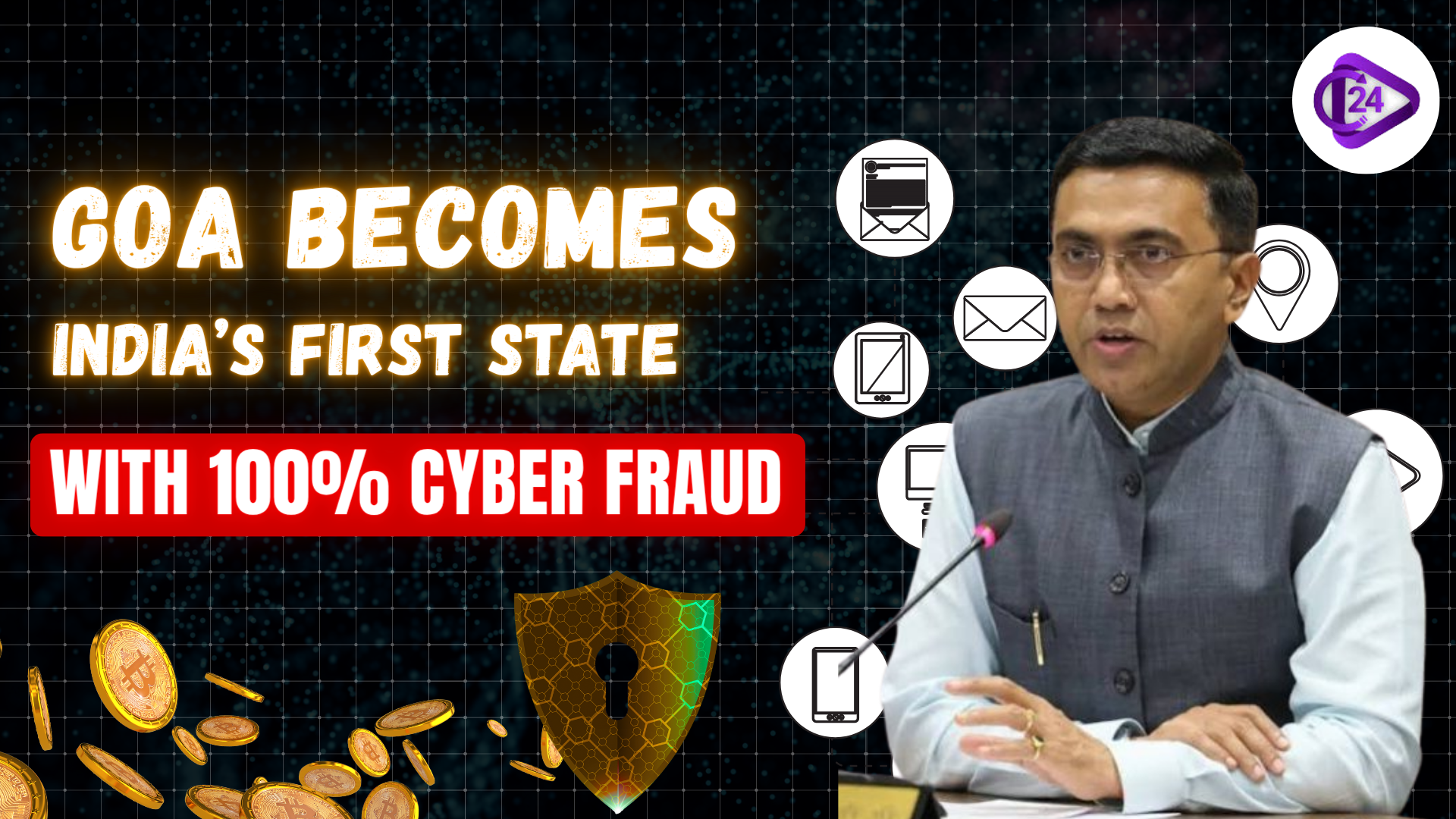 Goa Becomes India’s Leader in Complete Cyber Fraud Response
Goa Becomes India’s Leader in Complete Cyber Fraud Response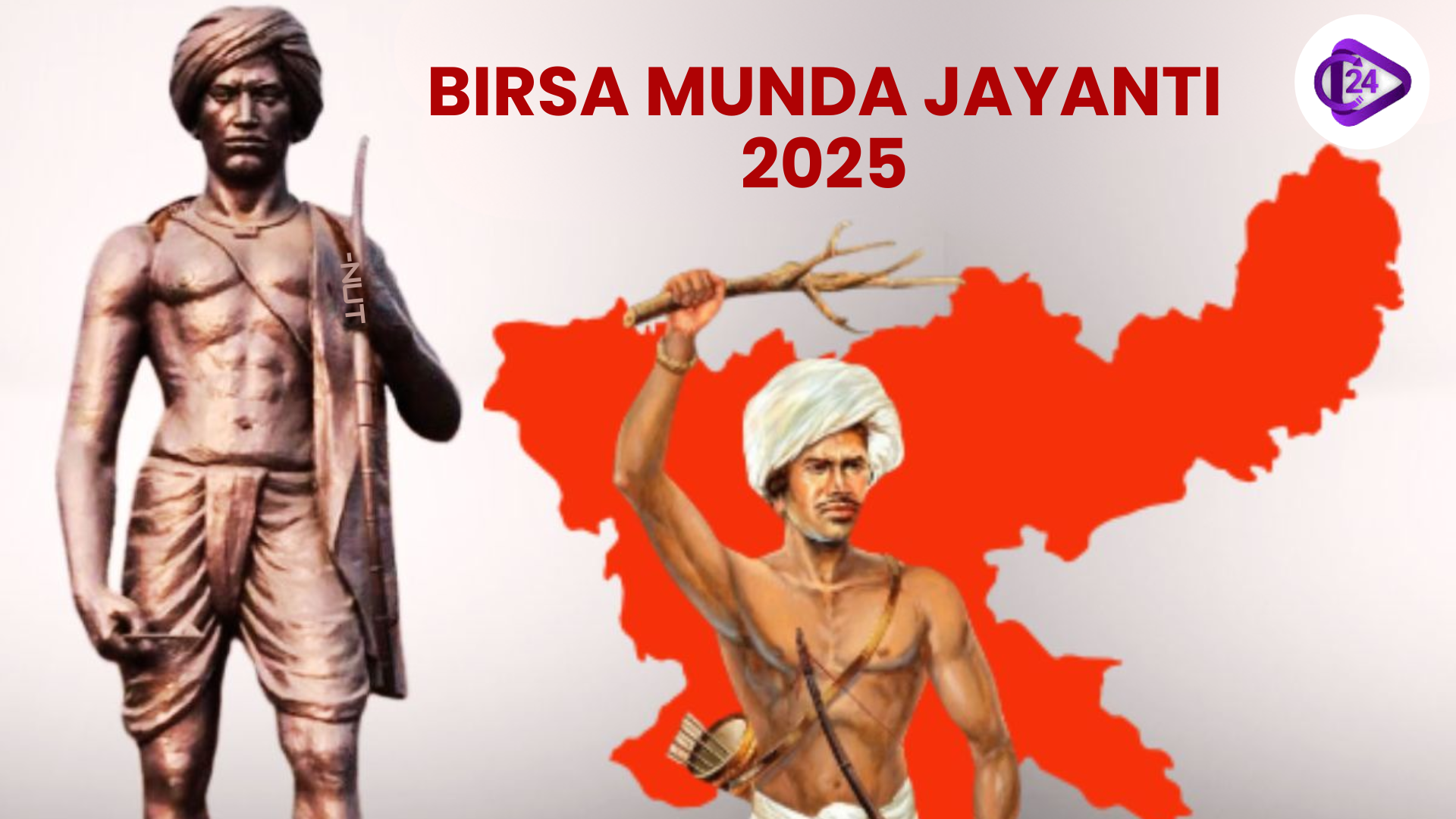 Janjatiya Gaurav Diwas Marks Tribute to Birsa Munda and Tribal Freedom Fighters
Janjatiya Gaurav Diwas Marks Tribute to Birsa Munda and Tribal Freedom Fighters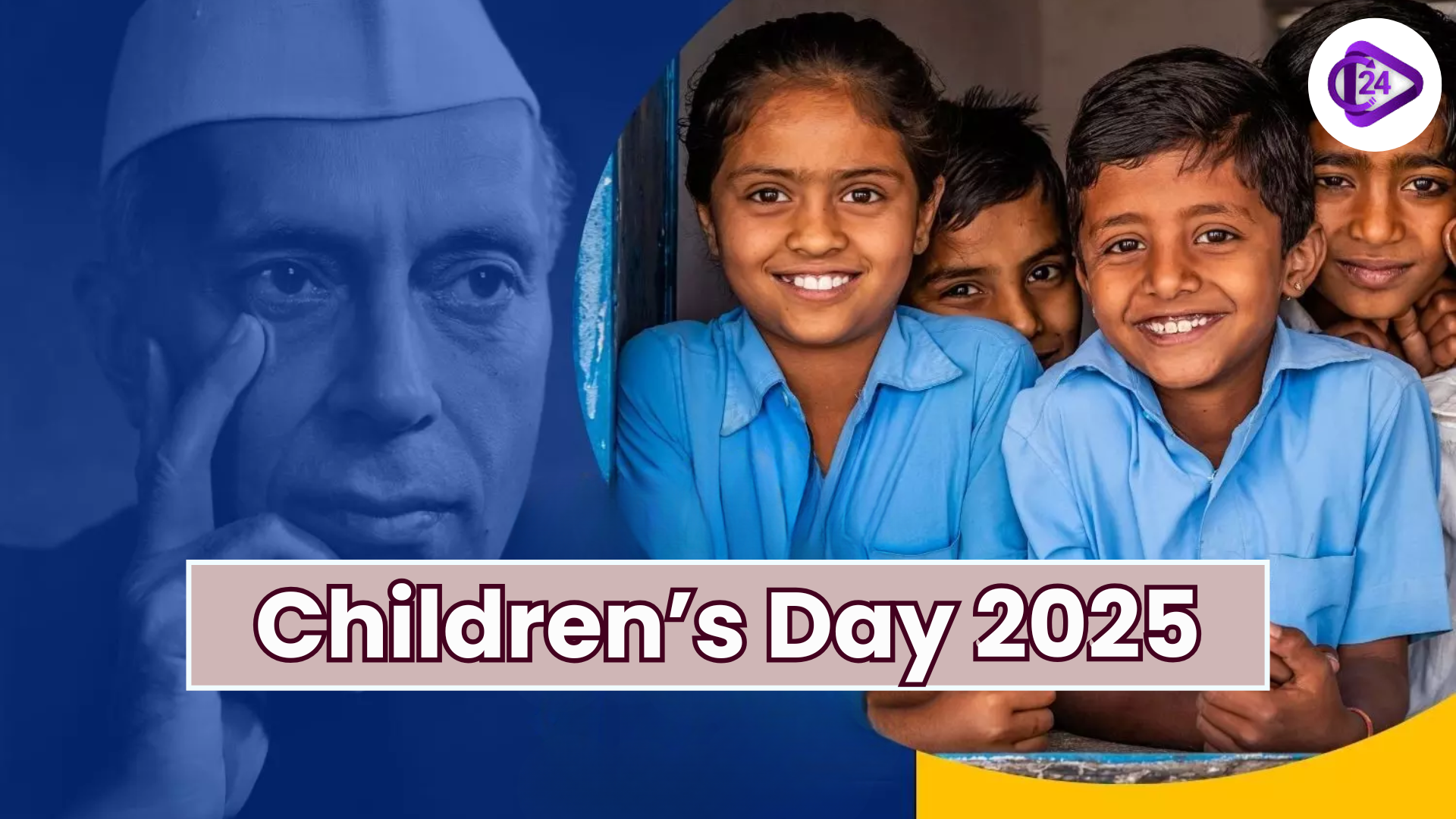 Nehru’s Timeless Words Inspiring Every Child on Children’s Day 2025
Nehru’s Timeless Words Inspiring Every Child on Children’s Day 2025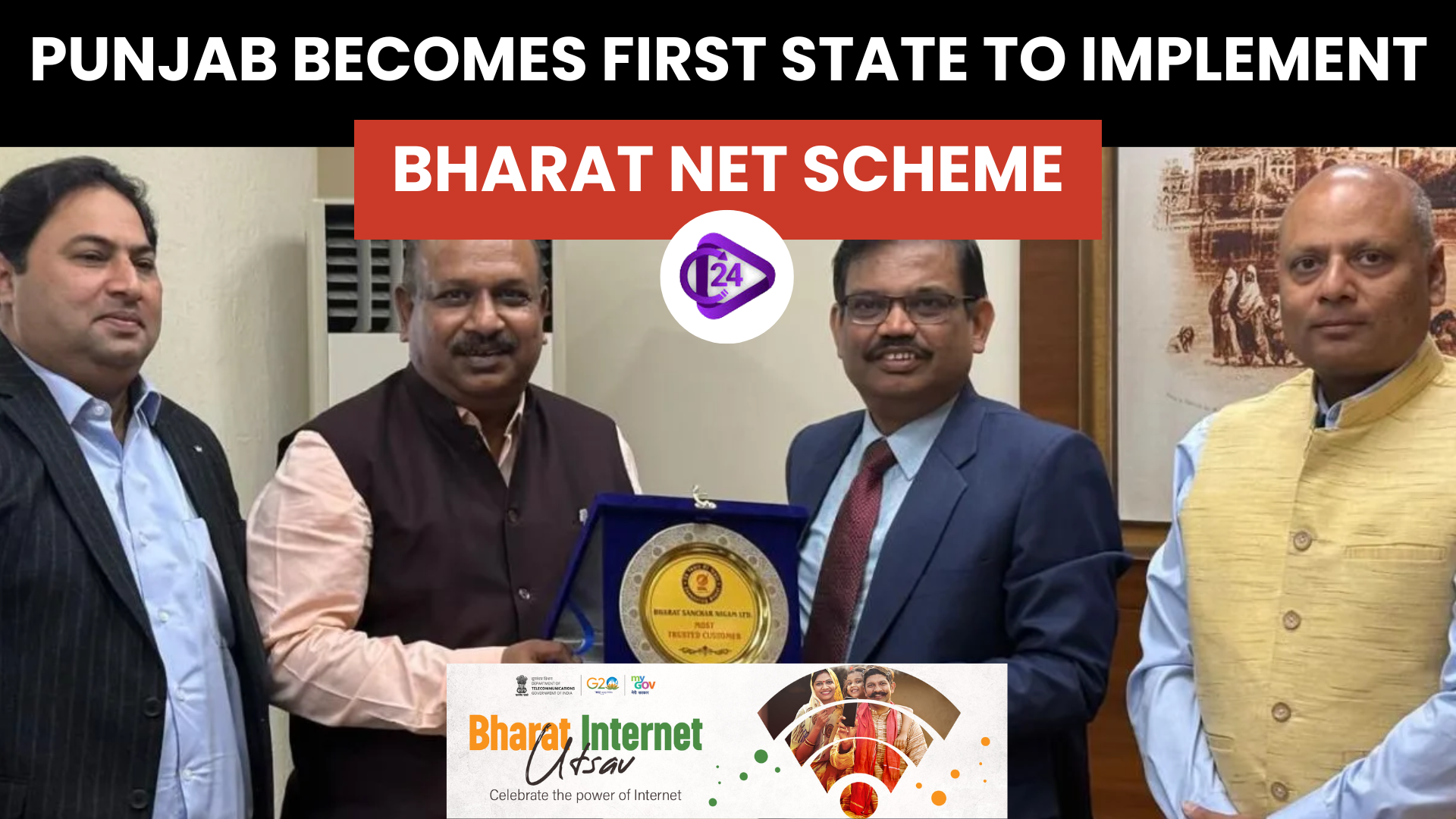 Punjab Becomes India’s First State to Achieve Complete Implementation of Amended Bharat Net
Punjab Becomes India’s First State to Achieve Complete Implementation of Amended Bharat Net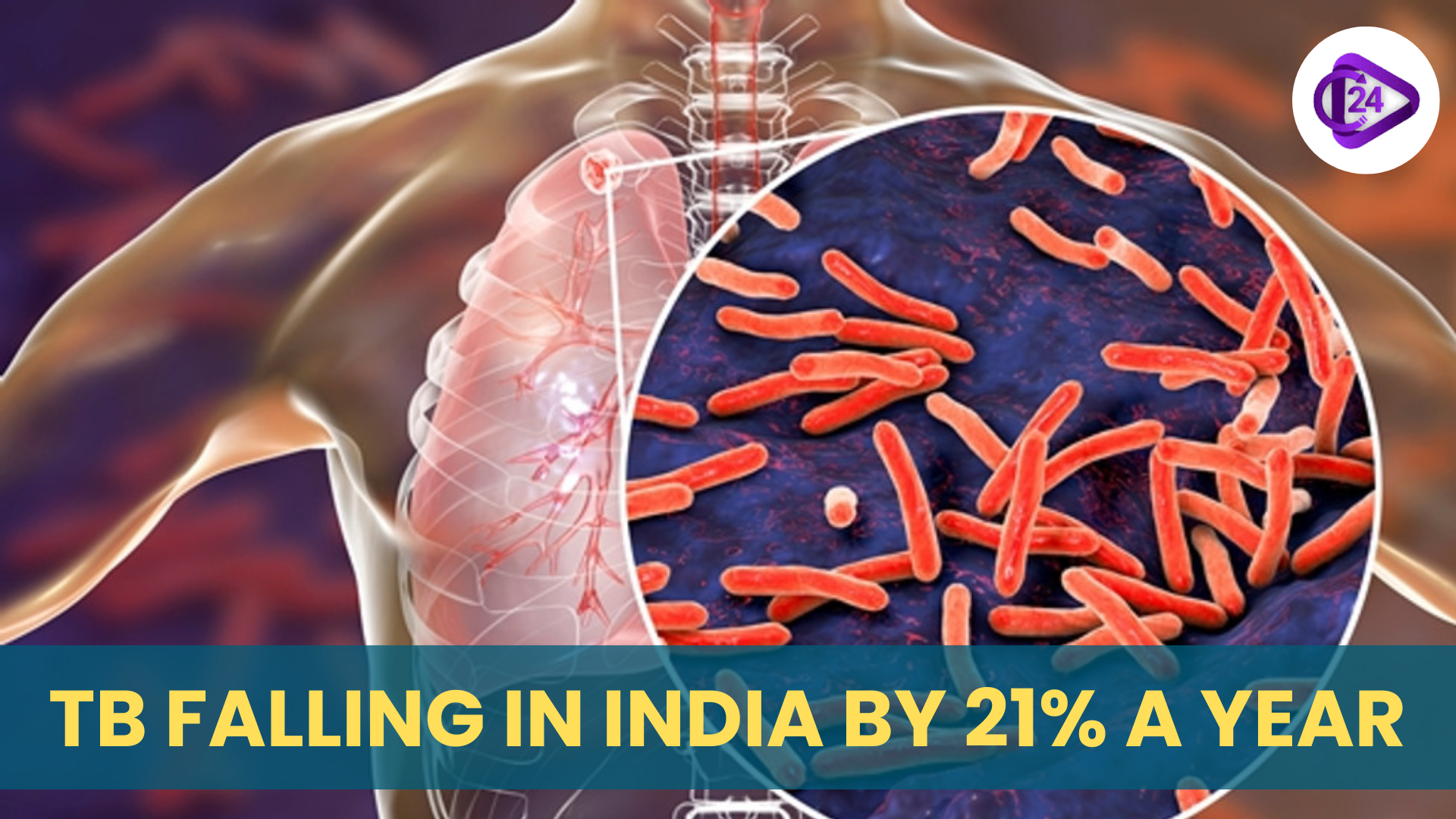 India’s TB Fight Gains Momentum with Sharp Decline and Ongoing Challenges
India’s TB Fight Gains Momentum with Sharp Decline and Ongoing Challenges Belgium & Netherlands Announced as Joint Hosts for 2026 FIH Hockey World Cup
Belgium & Netherlands Announced as Joint Hosts for 2026 FIH Hockey World Cup Sahajeevan’s Project Targets Stray Dog Vax and Co-Existence
Sahajeevan’s Project Targets Stray Dog Vax and Co-Existence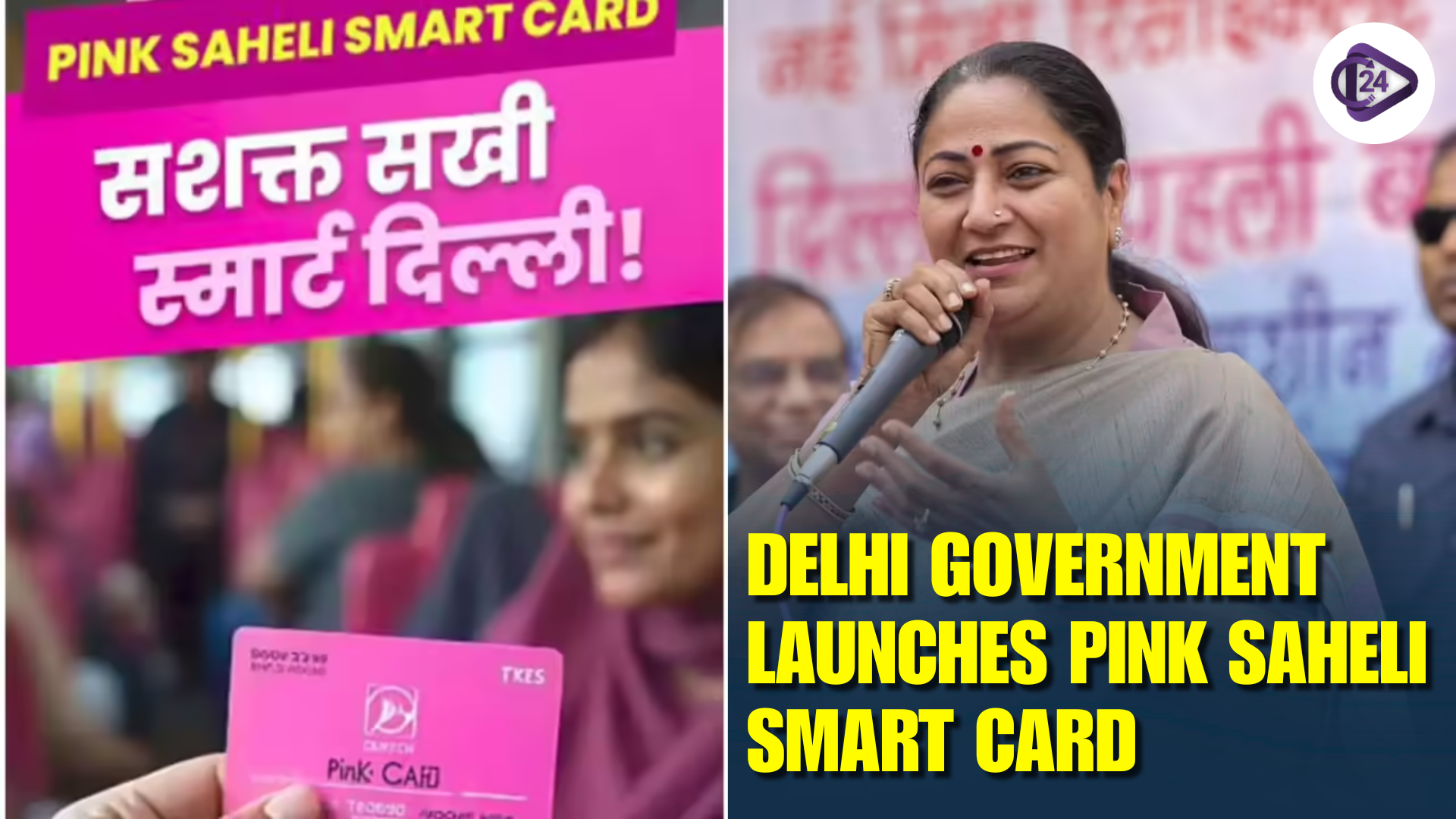 Delhi Launches Pink Saheli Smart Card to Empower Women and Transgender Commuters
Delhi Launches Pink Saheli Smart Card to Empower Women and Transgender Commuters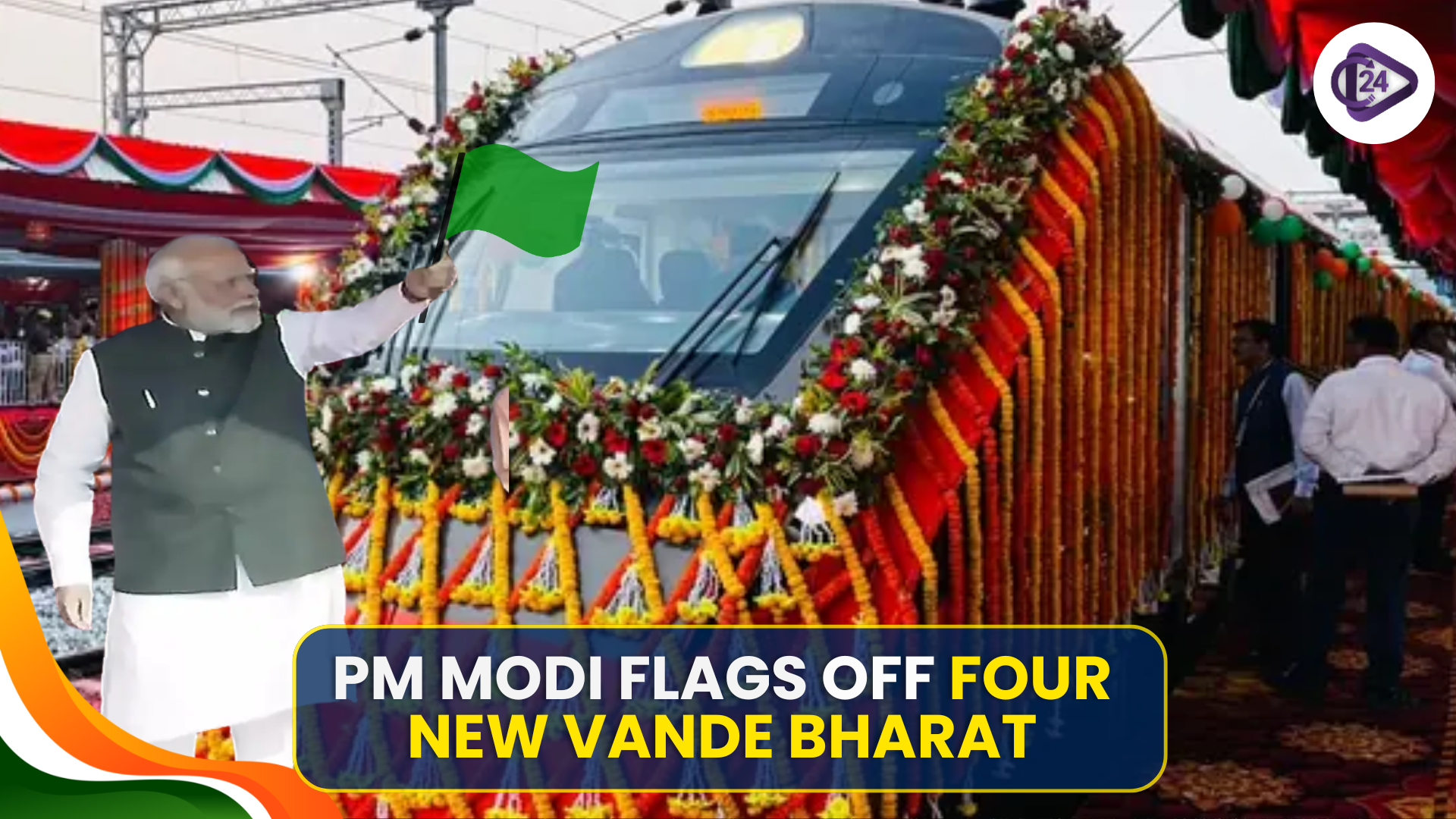 PM Modi Flags Off Four New Vande Bharat Trains, Boosting India’s Rail Connectivity
PM Modi Flags Off Four New Vande Bharat Trains, Boosting India’s Rail Connectivity



